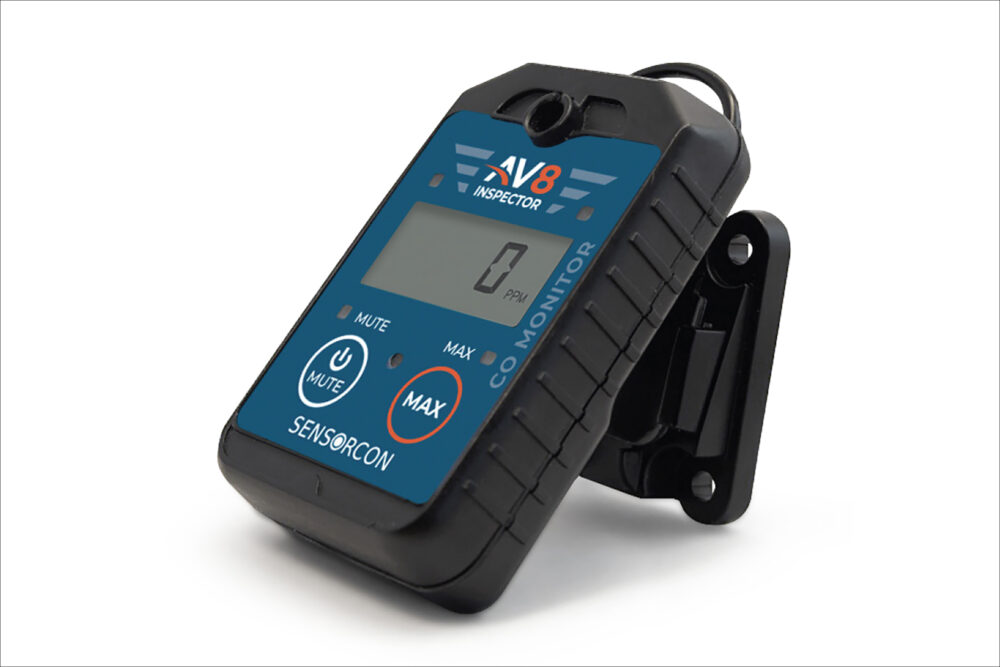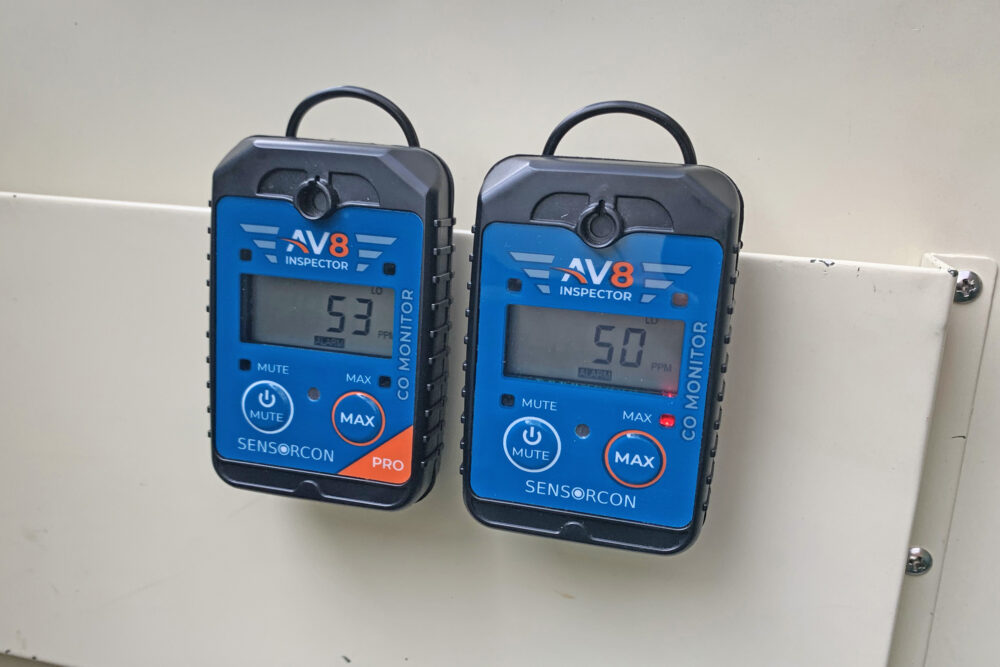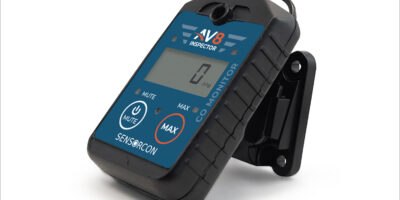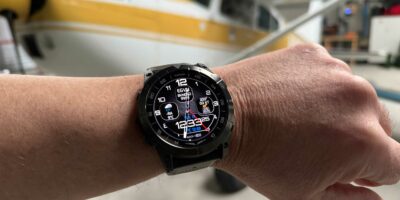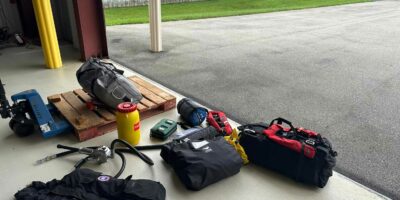Turning the cabin heat on seemed to make little difference, which I’ll confess was a surprise, as I was expecting something. What did catch my attention was while the cabin heat was pulled on, about five seconds after deselecting a good blast of carb heat, the units peaked at 83 and 105ppm for about 15 seconds.
Interestingly, a repeat of the carb heat / cabin heat combo, with one unit on the left side of the cockpit and one still on the door pocket, showed that the high readings seemed to be focused around the right side of the cabin. The same happened if I held a unit down towards my feet, near the cabin heat outlet, which made me think that a combination of gaps around the right door, and a right side exhaust outlet might be the biggest CO issue in the Vagabond cockpit.
Regardless, we’ll certainly be giving the Vagabond exhaust system a good check over as part of her winter maintenance, and take a look at better sealing around the door. One thing is sure though, the old school CO card detector we’ve carried in the past never gave us a clue to any of this.
Based on my testing, if you have an aircraft where the cockpit has an ambient level of around 50ppm of CO, then paying extra for the Inspector Pro is worth it for being able to set your own alarm threshold levels, otherwise the preset low alarm setting could see it being triggered frequently. That said though, I’m sure we all aspire to make our cockpit environments as CO-free as possible.
Something to be aware of, the manufacturer recommends that you calibrate the AV8 Inspector every six months to ensure the best accuracy possible, and an End of Life (EOL) symbol will display in the unit after two years (end of the warranty period).
However, the instructions advise that a successful calibration will remove the EOL notification for an additional 180 days. Future successful calibrations can continue as long as the electromechanical sensing element remains in good condition. One of the calibration methods is a fresh air ZERO cal, the other is a more involved GAS cal using 50ppm calibration gas.
UPDATE 28 August 2024: The CAA is making active carbon monoxide detectors mandatory in single-engine piston aircraft. See here
There’s no question that carrying an active CO monitor in the cockpit is a useful and potential life-saving measure, plus if you’re in and out of various cockpits, an easily portable one like the AV8 Inspector is a useful tool to measure how these environments vary in the level of CO hazard we can be exposed to.
- This article first appeared in FLYER in February 2022.


